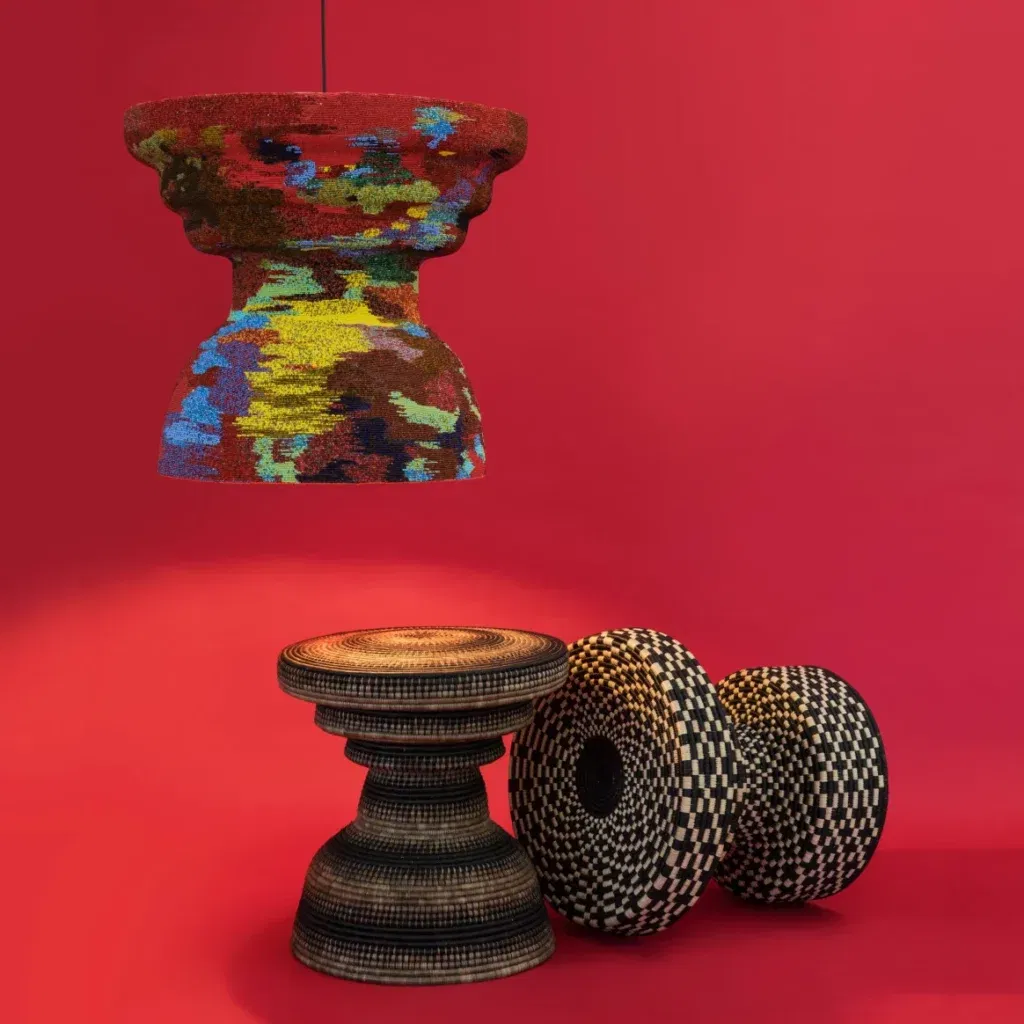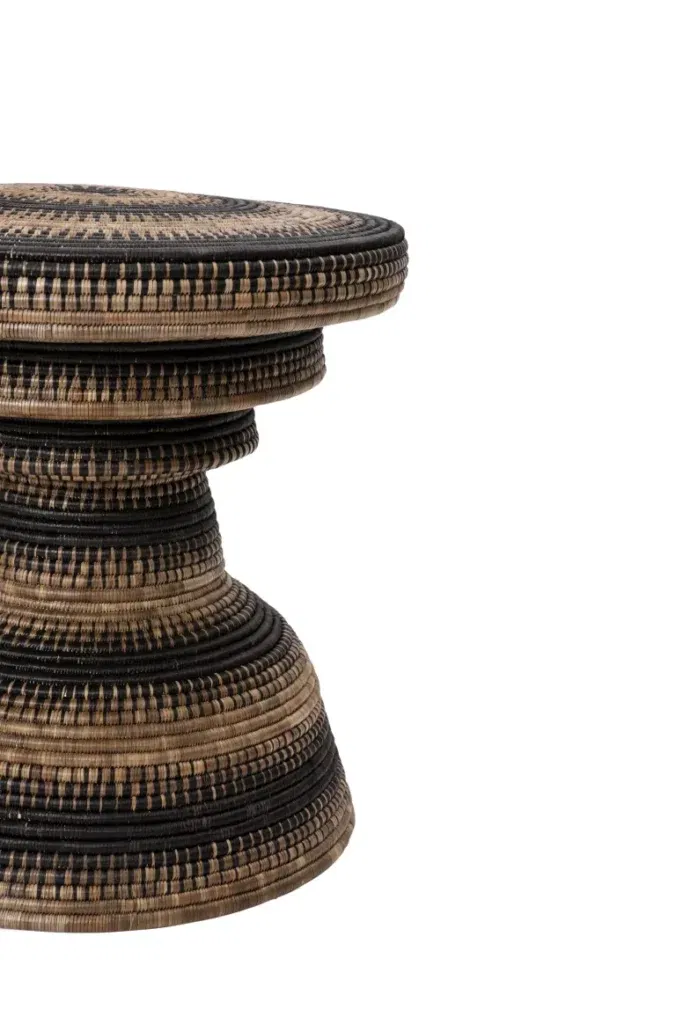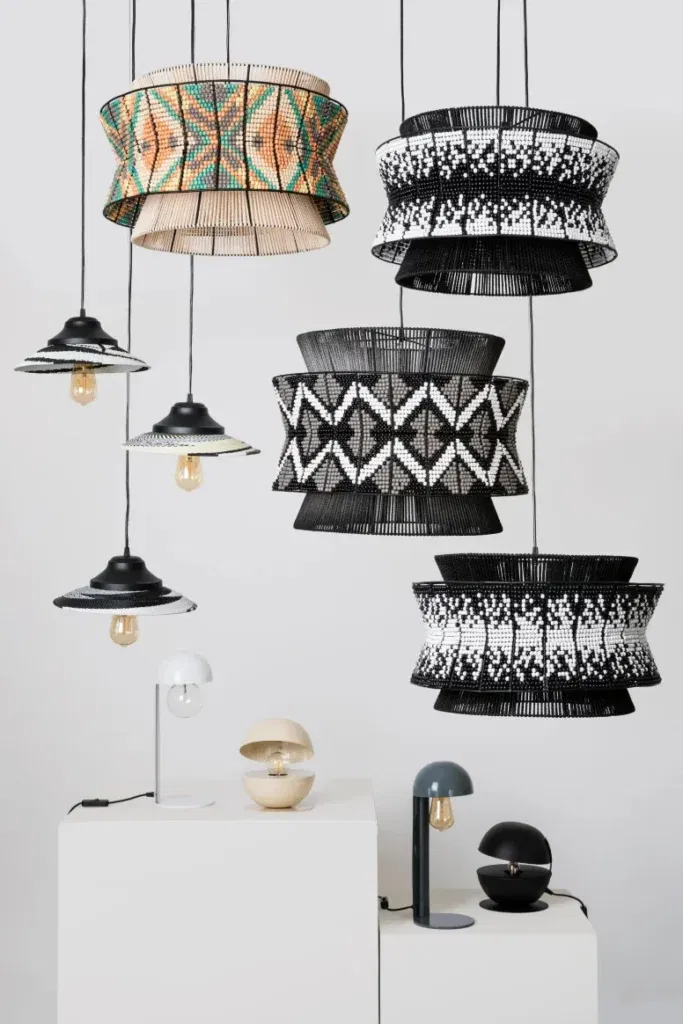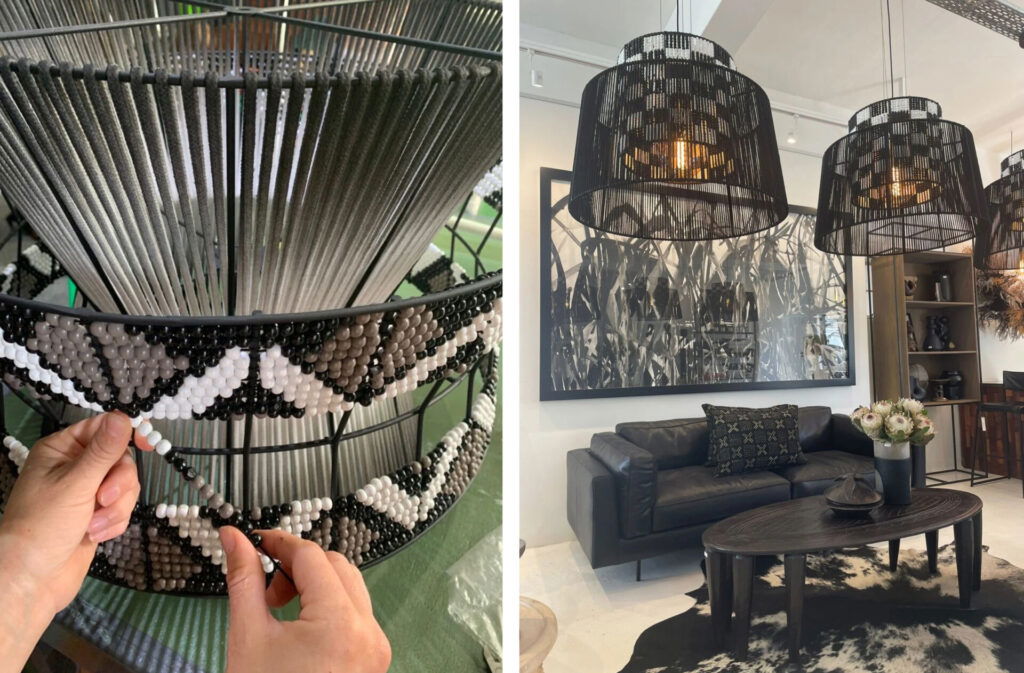In the month of August, we commemorate Women’s Day in South Africa. We not only honor the remarkable achievements and contributions of women but also recognize the rich cultural heritage and significance this day holds for our nation.

Women’s Day in South Africa has its origins in the courageous and impactful actions of women who took a stand against injustice. On August 9, 1956, over 20,000 women from all walks of life marched to the Union Buildings in Pretoria to protest the discriminatory pass laws imposed by the apartheid government.
This historic protest, known as the Women’s March, was a demonstration of unity, determination, and a refusal to accept injustice.
In Honor of Women’s Month, we’d like to spotlight the remarkable journey of women and their indelible mark on design.
One of our proudest creations, the Bright Table was developed in collaboration with master weaver, Ma’am Beauty Ngxongo.

The Bright Table is a great example of how women have championed sustainability. We use Ilala palm to make the tables, an indigenous plant growing along the North-Eastern Coast of KwaZulu-Natal.
The ilala palm has been an essential part of African women’s lives for generations. Its long, slender fronds provided shelter as roofing material, protecting families from the elements. But it didn’t stop there. African women, renowned for their resourcefulness, began weaving these fronds into intricate Zulu baskets. These baskets were designed to be water-resistant, allowing them to transport water efficiently and effectively from wells and rivers to their homes.
Now, this same material finds new life in our Bright Table, which serves as a versatile piece of furniture. The selection of table colors is influenced by the seasonal availability of certain vegetation, roots, and barks of specific trees. Dyeing the palm fronds is partially tradition, handed down from old masters, partially science and alchemy and largely governed by the creativity and experience of the individual weavers as they experiment according to their artistic drive for every different color variation.

When we think about the innovative use of materials, we draw inspiration from the tradition of Zulu maidens who communicated through intricate beadwork. In Zulu culture, beads are not only used for decoration but also hold significant cultural and traditional values. It is said that Zulu maidens, for instance, used beads to send love letters to their lovers. The process is called “ukuhlola” in Zulu, which means “to communicate.”
Traditionally, Zulu maidens would use different colored beads to send messages to their lovers. Each color had a specific meaning. For instance, a white bead meant purity, a blue bead meant faithfulness, and a red bead symbolized love. This tradition speaks to the resourcefulness and ingenuity of women even in the realm of communication.

Women have consistently been trendsetters and pioneers. It’s through their ingenuity that we are able to breathe new life into traditional designs, techniques, and objects, ensuring that our rich cultural heritage remains relevant in today’s society and is never forgotten.
